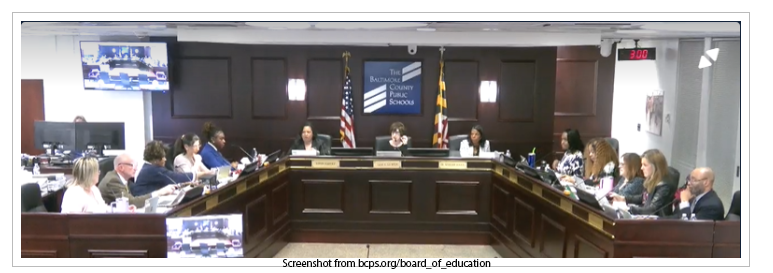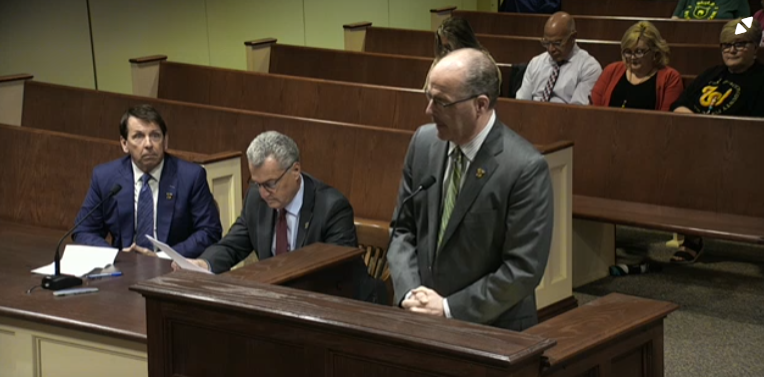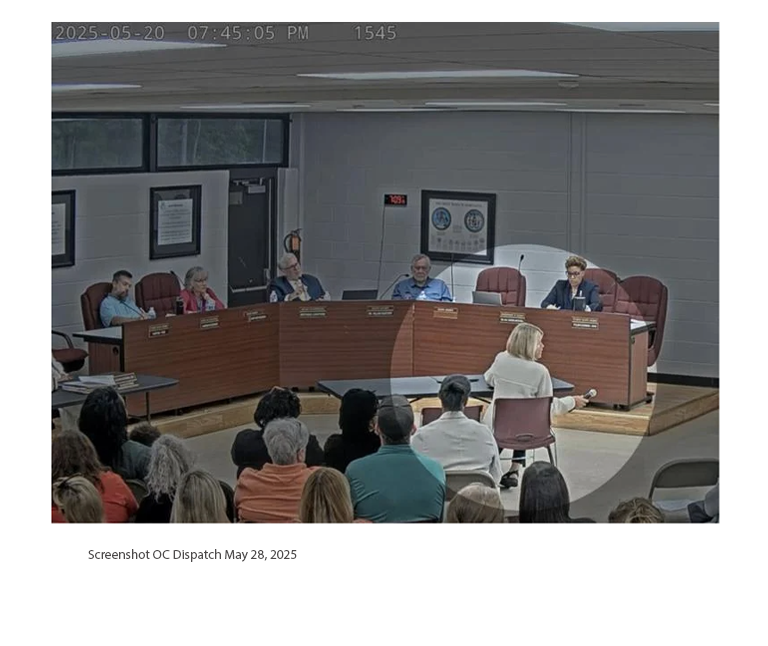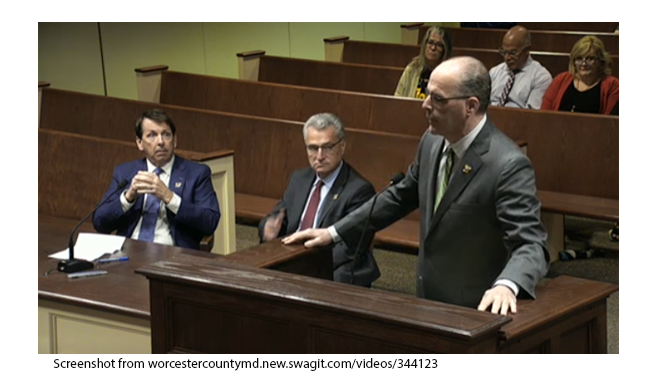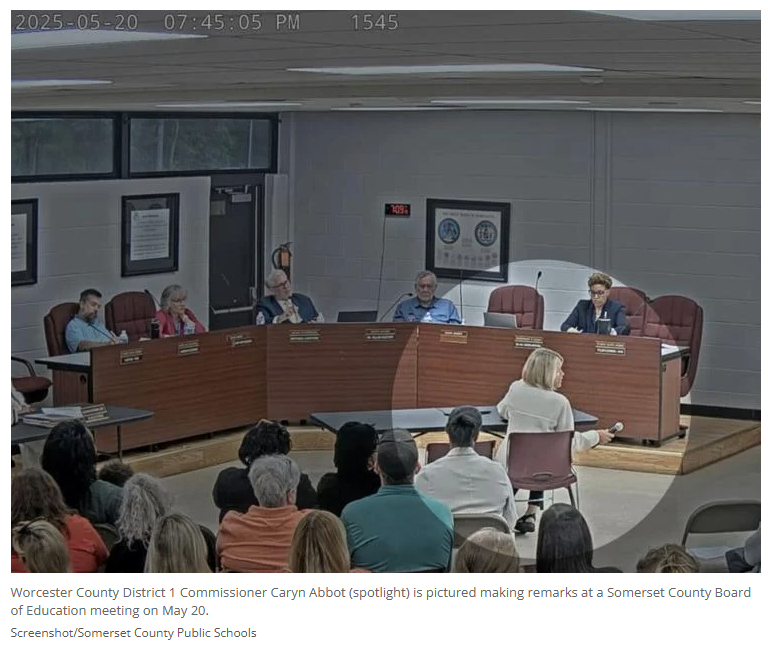
5 Ways Districts Are Filling Teacher Vacancies
Students across the nation are heading back to school this month, but many school districts are still missing teachers.
There is no real-time national data on total teacher vacancies, but local news reports suggest that many school districts around the country are starting the year short-staffed. While there are indications that the hiring outlook has improved from last year in some places, many districts are still scrambling to find enough teachers to fill their classrooms, especially in perennially hard-to-fill positions like special education and high school science.
“Every year it becomes more of a challenge,” said Brian Kraus, the assistant superintendent of human resources for the St. Joseph, Mo., school district.
State policymakers and district leaders are working to rebuild the teacher pipeline through long-term solutions, including by creating pathways to licensing for paraprofessionals, career-changers, and interested high school students. In the short-term, many districts have offered financial incentives and other perks to try to recruit teachers.
But when that doesn’t work, districts are turning to these five solutions to filling stubborn teacher vacancies.
1. Using virtual instruction
Some districts are livestreaming teachers from far away into their classrooms.
For example, Monroe County schools in the Florida Keys has had a hard time finding enough teachers for the past couple school years, given the high cost of living in the area. The district has tried various tactics to recruit more teachers, including increasing the starting salary by $10,000 and sharing affordable housing opportunities, but vacancies have persisted.
In July, the district’s human resources department started talks with a company called Elevate K-12, which provides virtual, live teachers. Amber Acevedo, the deputy superintendent, said the district is close to finalizing the contract for some of its most challenging positions—high school chemistry and physics.
The teacher will be live on the screen every day, delivering instruction, while a paraprofessional—known as a classroom coach—is with students in the classroom, Acevedo said. Elevate will train the paraprofessional in how to support the teacher while also supervising the students.
“It’s not ideal, but it is giving [students] someone who would be certified to actually deliver the instruction on a daily basis,” she said, adding that the teacher does all the planning and grading and can be contacted by students individually via email.
“We felt that the benefits of that consistency and the content-rich delivery was a better option” than a long-term substitute, Acevedo said.
2. Bringing in teachers from overseas
The St. Joseph school district in Missouri is about an hour away from Kansas City and sits on the Missouri River. The city’s population is predominantly white and American-born, according to U.S. Census data—but the district is welcoming 40 international teachers this school year.
About 60 percent of the teachers hail from the Philippines, but the rest are from all over, including Nicaragua, Jamaica, India, and Cameroon.
“We’ve hit every continent except Australia,” Kraus, the assistant superintendent of human resources for the district, said in an interview.
Thousands of qualified international teachers are granted J-1 visas to work in U.S. school districts each year. The program allows the teachers to stay in the United States for up to five years, a lifeline for many districts, including St. Joseph.
The 10,500-student school district was facing 45 teaching vacancies but was getting very few—or no—applications for many of the openings. (In total, the district has more than 850 teachers.) Administrators had previously brought on six international teachers and had a good experience, so the district contracted with a recruiting agency for international teachers for this school year, Kraus said.
The agency is helping the teachers find housing, navigate public transportation, secure driver’s licenses, and apply for Social Security numbers. The agency will also provide some cultural experiences for the teachers, as well as professional development for any issues they’re having in school, including classroom management and understanding American culture, Kraus said.
That professional development will be in addition to what the school district already provides. Classroom management has been the biggest challenge for the international teachers who have already been with the district, Kraus said, adding that they’re used to receiving more respect from students.
The J-1 visa requirements for international teachers are a minimum of two years of teaching or related professional experience, and many of the teachers who come to the United States have far more.
“They’re all very hard workers,” Kraus said. “They know their content area very well.”
The local hospital has also recruited nurses from overseas due to a nursing shortage, so the district plans to facilitate opportunities that allow international teachers and nurses to mingle and connect.
And while teacher hiring has been a real challenge, Kraus said he thinks bringing on international teachers will be a good experience for the students.
“We’re excited for them to be able to experience so many different cultures,” he said. “There’s a lot of poverty in St. Joseph, so a lot of our kids don’t travel, certainly not overseas. We think this will be a mutually beneficial experience for everyone.”
3. Applying for emergency licenses
Districts can apply for emergency certification when they can’t fill an open position with someone who has a teaching license. Qualifications vary by state, but generally, someone with a bachelor’s degree who passes a background check can be assigned to a classroom.
That means many school districts have ended up with teachers who haven’t passed a content-knowledge exam or had any formal training.
“It’s almost down to can you find a pulse and a heartbeat, and that’ll work,” Mark Klaisner, the president of the Illinois Association of Regional Superintendents of Schools, told NBC News.
He said he’s heard of a middle school in central Illinois that doesn’t have a single teacher who is appropriately certified for the subject being taught.
There are more than 2,000 emergency certified teachers in Oklahoma for this school year so far, according to a spokesperson for the state education department. The Oklahoma State Board of Education will grant more emergency certificates for this school year when it meets again on Aug. 24.
4. Bringing teachers out of retirement
Typically, states have policies that limit how much retired educators can work or earn while collecting retirement benefits, but in recent years, several states have lifted those restrictions to entice teachers out of retirement.
Retired teachers who come back can now “double dip” by earning a paycheck on top of their pension. It’s an expensive solution to shortages, but advocates say it lets districts maintain quality by filling classrooms with experienced and qualified teachers rather than those with emergency certifications.
For example, the Northside independent school district in San Antonio, Texas, has rehired 23 retired teachers, according to KSAT News. The district is paying their salaries as well as a 16 percent surcharge toward their retirement benefits.
“What better resource to have in the classroom than an individual, an educator who is certified, who spent their life teaching students in the classroom?” Barry Perez, the assistant superintendent of communications for the district, told KSAT. “They bring a wealth of experience to that school and the colleagues that they’re going to be working with.”
Last year, the Newark, N.J., school district offered retired teachers a salary of $92,000, well above what new teachers in the district make. The district had at least 35 retired teachers return last school year, according to NJ.com’s reporting. The district will offer the same salary for retired teachers this year, a spokesperson said.
But Newark Teachers Union President John Abeigon said in an interview that many of those retired teachers are not staying a second year because they said the workload was greater than what they were used to when they were in the classroom, often before the pandemic.
“They haven’t been given the supports to deal with it,” Abeigon said. “They collect their $92,000 and maybe with that money, they can finish paying off their boat or finish paying off their roof. …. We’re not investing in a young teacher who wants to teach, who wants to be a leader.”
The Newark school district was not able to share how many retired teachers will be back in classrooms this school year by Education Week’s deadline.
5. Increasing class sizes
Some districts have increased class sizes to accommodate students when they can’t hire anybody.
The Waukesha, Wis., school district has told parents that certain grades in elementary dual language programs will have class sizes of 30 or more because they don’t have enough dual language teachers, according to the WTMJ news site.
The Loudoun County, Va., school district is also bumping up class sizes because of unfilled teacher vacancies, the Loudon Times-Mirror reported. The district’s protocols say that classes with more than 25 students in grades 1 to 3, or 29 students in grades 4 to 5, need a teaching assistant. The district is using the unspent money from 28 teacher vacancies to hire additional teaching assistants.
Dig Deeper With Our Longreads
Newsletter Sign up to get our best longform features, investigations, and thought-provoking essays, in your inbox every Sunday.
The MEN was founded by John Huber in the fall of 2020. It was founded to provide a platform for expert opinion and commentary on current issues that directly or indirectly affect education. All opinions are valued and accepted providing they are expressed in a professional manner. The Maryland Education Network consists of Blogs, Videos, and other interaction among the K-12 community.


